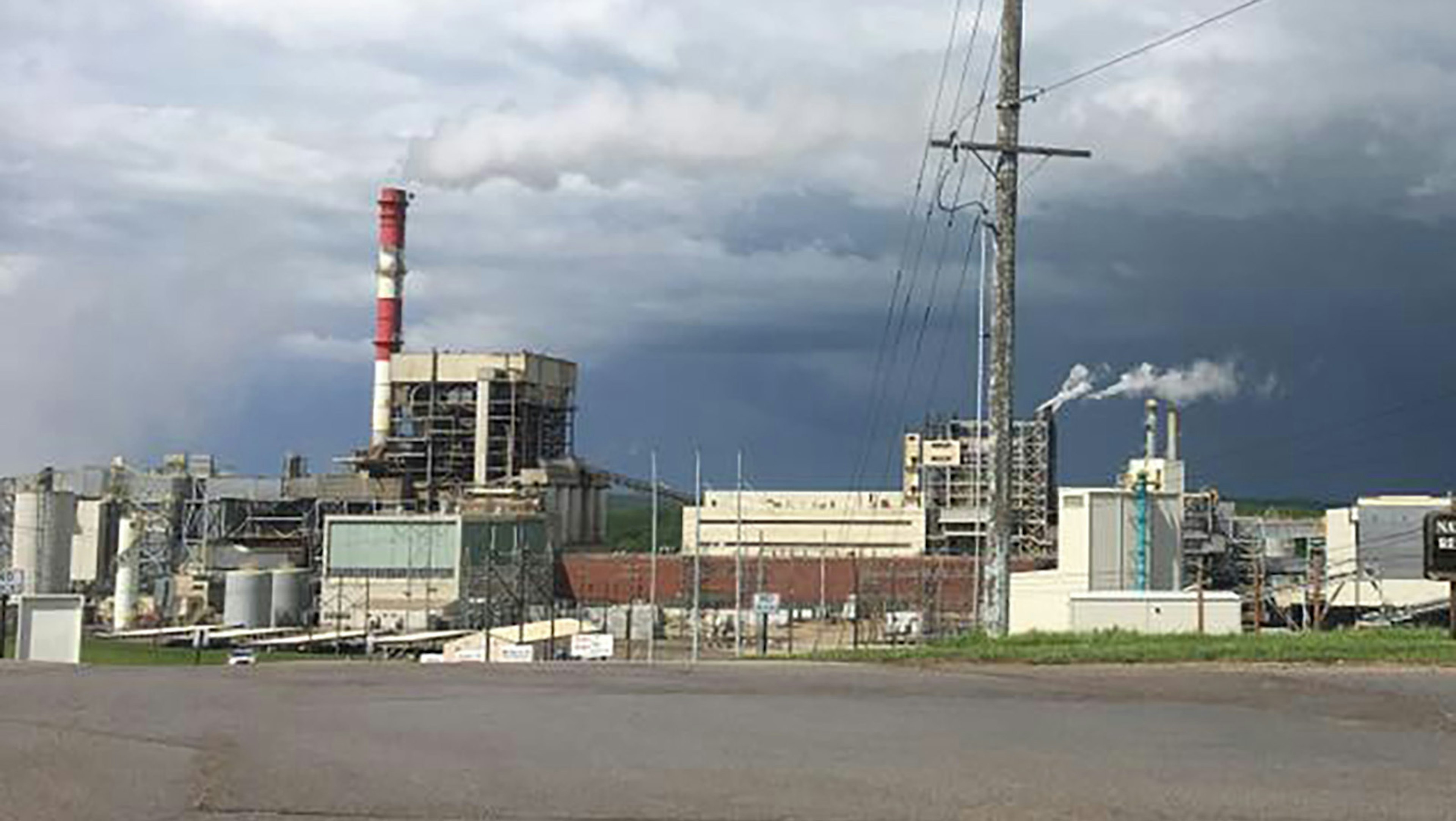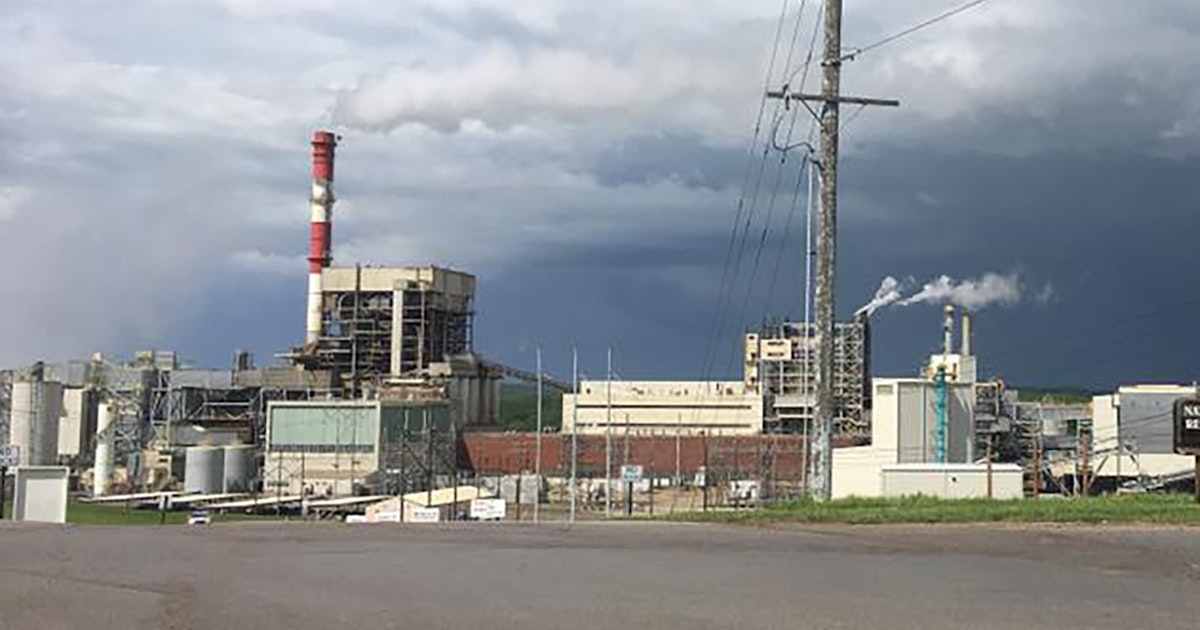Hfcomms
EN66iq
EV Battery Factory Will Require So Much Energy It Needs A Coal Plant To Power It
A new electric vehicle battery factory in Kansas is demanding so much energy that the state is delaying the retirement of a coal plant to make sure the facility has enough power.September 22, 2023

The Lawrence Energy Center in Kansas is a coal-fired power plant that will extend its life to power a new EV battery facility. (Cowboy State Daily Staff)
A $4 billion Panasonic electric vehicle battery factory in De Soto, Kansas, will help satisfy the Biden administration’s efforts to get everyone into an EV.
It also will help extend the life of a coal-fired power plant.
Resource Adequacy
Panasonic broke ground on the facility last year. The Japanese company was slated to receive $6.8 billion from the Inflation Reduction Act, which has been pouring billions into electric vehicles and battery factories as part of its effort to transition America away from fossil fuels.The Kansas City Star reports that the factory will require between 200 and 250 megawatts of electricity to operate. That’s roughly the amount of power needed for a small city.
In testimony to the Kansas City Corporation Commission, which is the state’s equivalent of the Wyoming Public Service Commission, a representative of Evergy, the utility serving the factory, said that the 4 million-square-foot Panasonic facility creates “near term challenges from a resource adequacy perspective,” according to the newspaper.
As a result, the utility will continue to burn coal at a power plant near Lawrence, Kansas, and it will delay plants to transition units at the plant to natural gas.
Not Happy
And environmentalists are not happy about that.The situation reflects an ignored fact about EVs — they require enormous amounts of energy to produce.
A 15-pound lithium-ion battery holds about the same amount of energy as a pound of oil. To make that battery requires 7,000 pounds of rock and dirt to get the minerals that go into that battery. The average EV battery weighs around 1,000 pounds.
All of that mining and factory processing produces a lot more carbon dioxide emissions than a gas-powered car, so EVs have to be drivenaround 50,000 to 60,000 miles before there’s a net reduction in carbon dioxide emissions.
So, as more factories are built in the U.S. to supply EV manufacturers, there will be higher demands on the grid for power.
Growing Recognition
Emily Arthun, CEO of the American Coal Council, was in Washington, D.C., this week speaking with federal lawmakers and members of the Federal Energy Regulatory Commission.Arthun, who lives in Gillette, told Cowboy State Daily that there’s a growing recognition of the need for coal to supply baseload power.
“I met with senators and representatives who understand that we’re going to need coal for far longer than people are talking about,” Arthun said.
The Inflation Reduction Act aims to produce more green energy industries here in America, and Arthun said there’s a growing recognition that these are energy intensive.
“People are starting to understand that energy needs are increasing, and these premature [coal-fired power plant] closures are a liability,” Arthun said.
Lipstick On A Pig
Rep. Cyrus Western, R-Big Horn, told Cowboy State Daily that many people are unaware of how energy is produced to create a reliable grid.“Kilowatts don’t just fall out of the sky,” he said.
Besides the energy demand for the industrial capacity in America, there will be more demands placed on the grid to charge all these vehicles.
“That electricity has got to come from somewhere. It’s not going to come from solar farms and wind turbines,” he said.
Western said renewables are a great source of “auxiliary supplemental power,” but without a solid base load to ensure a reliable energy supply, they don’t work. These are realities that some still don’t want to accept.
“This administration wants to put lipstick on a pig, but it’s still a pig,” he said.
Kevin Killough can be reached at Kevin@cowboystatedaily.com.

EV Battery Factory Will Require So Much Energy It Needs A Coal Plant To Power It
A new electric vehicle battery factory in Kansas is demanding so much energy that the state is delaying the retirement of a coal plant to make sure the facility has enough power.

